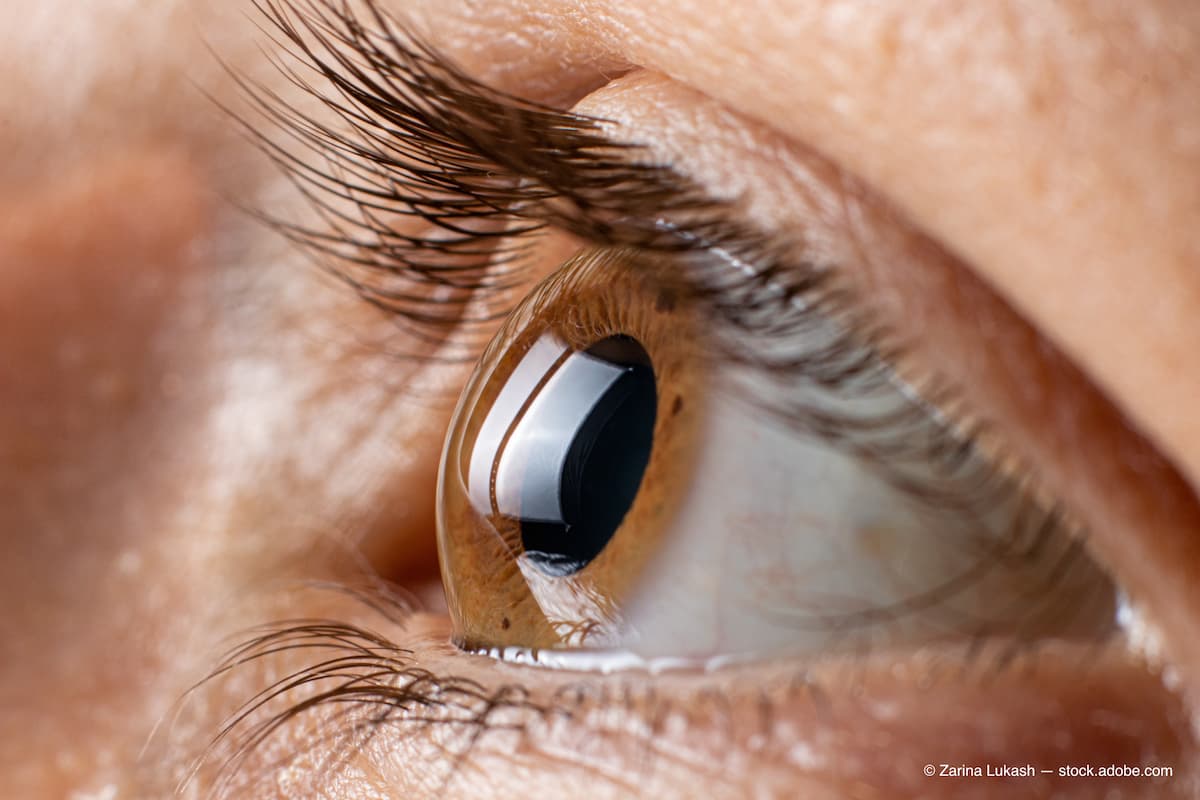Glaukos’ phase 3 confirmatory trial for Epioxa reaches pipeline enrollment milestone
The company completed enrollment in less than 6 months from the trial commencement. The phase 3 trial results combined with the completion of the first phase 3 trial are expected to support the company’s targeted NDA submission for Epioxa by the end of 2024.
Phase 3 confirmatory trial results together with already-completed first phase 3 trial expected to support Glaukos’ targeted NDA submission for Epioxa by the end of 2024. (Adobe Stock / Zarina Lukash)

Glaukos has announced the completion of enrollment and randomization in its second phase 3 confirmatory pivotal trial for Epioxa (Epi-on), the company’s second-generation corneal cross-linking therapy for the treatment of keratoconus. Glaukos is expected to file a New Drug Application (NDA) with the US Food and Drug Administration (FDA) by the end of 2024.1
“The expeditious enrollment completion in the Epioxa phase 3 confirmatory trial, which only commenced earlier this year, is a testament to the favorable risk-benefit profile of this next-generation therapy as well as our team’s hard work in bringing this important therapy one step closer to patients suffering from keratoconus, a sight-threatening corneal disease,” said Thomas Burns, Glaukos chairman and chief executive officer.
“We appreciate the commitment and dedication of the clinical investigators, who played a vital role in helping to achieve this enrollment milestone ahead of our original timing expectations. We look forward to following these patients’ outcomes as we target a US New Drug Application (NDA) submission for Epioxa by the end of 2024.”
The trial
The Epioxa phase 3 confirmatory pivotal trial was a multi-center, randomized, placebo and sham procedure controlled study. It included 312 randomized eyes and was designed to evaluate the safety and efficacy of Glaukos’ Epioxa therapy in impeding the progression of, and/or reducing maximum corneal curvature (Kmax) in eyes with progressive keratoconus. Kmax is an objective measurement of the steepest corneal curvature based on corneal topography, where an increasing Kmax denotes corneal steepening and keratoconus disease progression.
The study eyes were randomized in a 2:1 ratio to receive Epioxa therapy or placebo and sham procedure control treatment. The study’s primary efficacy endpoint is the mean change in Kmax from baseline to Month 12. Based on an agreement with the FDA, the study will be considered a success if the difference between the treatment and control arm in the primary efficacy endpoint is statistically significant and the difference is ≥ 1.0 diopter (D).
Results from this second phase 3 confirmatory pivotal trial, combined with the already-completed first phase 3 pivotal trial, are expected to support Glaukos’ targeted NDA submission for Epioxa by the end of 2024. The FDA has already confirmed Glaukos’ first phase 3 pivotal trial for Epioxa, which met the pre-specified primary efficacy endpoint, and would be adequate to support the submission and review of an eventual NDA, in conjunction with this second phase 3 trial.
As Glaukos continues to advance its clinical plans for Epioxa, it remains well-positioned to serve keratoconus patients with its first-generation corneal cross-linking therapy, Photrexa (Epi-off), which remains the only FDA-approved treatment shown to slow and halt the progression of keratoconus.
Reference:
1. Glaukos Achieves Pipeline Milestone with Enrollment Completion in Phase 3 Confirmatory Trial for Epioxa (Epi-on). investors.glaukos.com. Accessed June 5, 2023. https://investors.glaukos.com/investors/news/news-details/2023/Glaukos-Achieves-Pipeline-Milestone-with-Enrollment-Completion-in-Phase-3-Confirmatory-Trial-for-Epioxa-Epi-on/default.aspx
Newsletter
Want more insights like this? Subscribe to Optometry Times and get clinical pearls and practice tips delivered straight to your inbox.




.png&w=3840&q=75)











